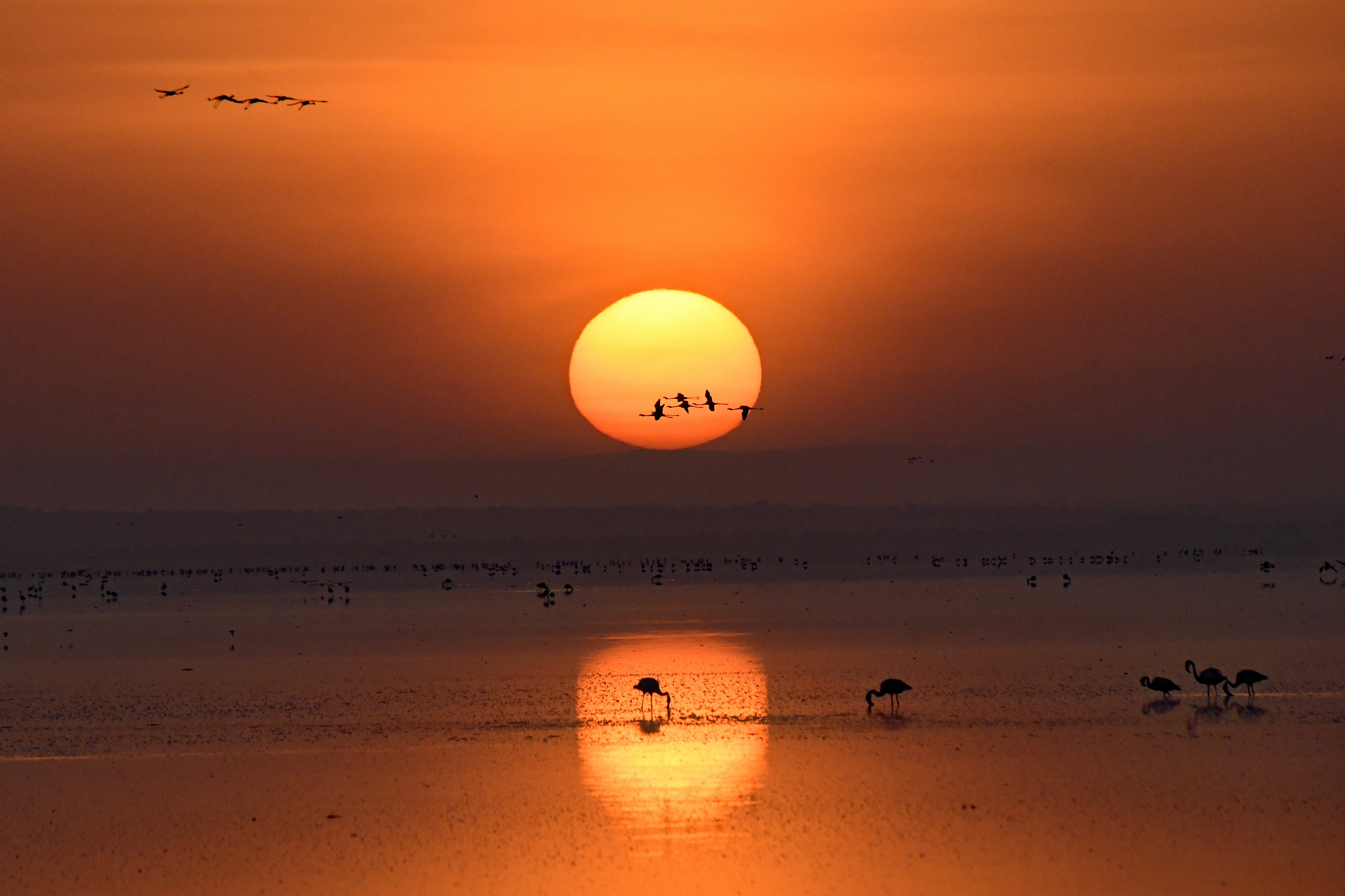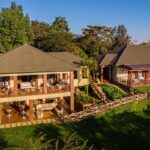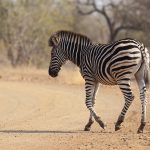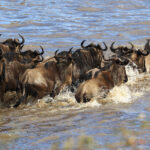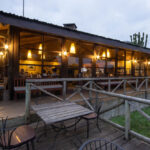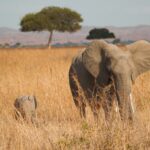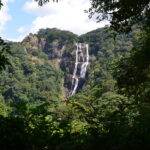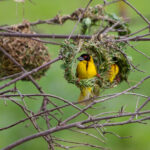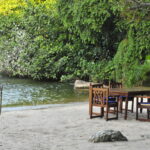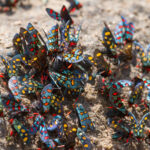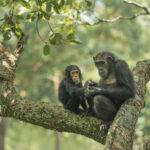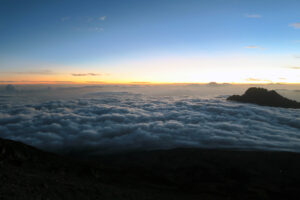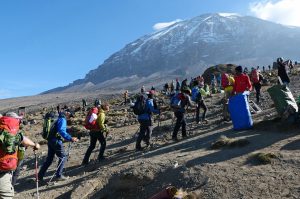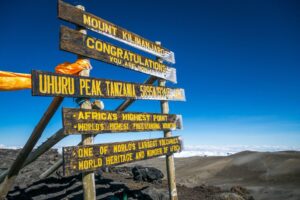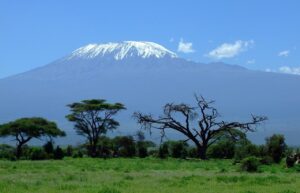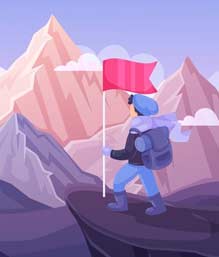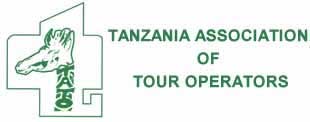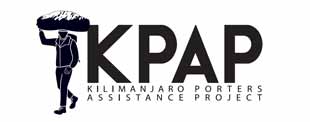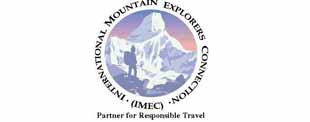The simple answer is; “yes”, it is possible to Climb Kilimanjaro with Asthma and many people have made it successfully to the summit.
Mount Kilimanjaro is the tallest peak of Africa and largest free Standing Mountain in the world. It also records the highest altitude level on the top which makes everyone think, is it really possible to Climb Kilimanjaro with Asthma?
You just need to understand which type of Asthma you are suffering and how hard it is to climb Mount Kilimanjaro for you. Once you know the answer, you are half prepared and can start planning accordingly to Climb Kilimanjaro with Asthma.
Here are few things to prepare before climbing Mount Kilimanjaro:
High Altitude and Asthma:
You will face five ecological zones in different altitudes which results the adverse climatic conditions on high altitude. The lower oxygen level and cold dry Air can dry the mucus membranes, lining the lungs and it may turn to allergy symptoms. If your Asthma is stable you will have a little effect while climbing Mount Kilimanjaro.
So covering your respiratory parts thoroughly would be a good idea. You can Climb Kilimanjaro with Asthma, if you get the clearance certificate of fitness from your doctor after the medical check-up. Avoid the laborious exercises on high altitude. Keep your inhaler warm and rub it for two minutes with your palms before inhaling on the high altitude. Keep asthma and cold medicines with you. Make sure to have sufficient drinking water.
If your Asthma is severe, then you should talk to a doctor and have proper medications before climbing Mount Kilimanjaro.
However, anyone who is facing Altitude sickness should remember that Asthma will not increase your Altitude sickness. These both are completely different.
Follow these steps to manage Asthma while on High Altitude:
- Always carry prescribed Asthma rescue medications.
- Keep the inhaler in warm places.
- Wear a mask over mouth and nose to warm cold air.
- Stay calm and relaxed.
See how your body reacts to higher elevations:
If you are planning to Climb Kilimanjaro with Asthma, you should check how your body reacts to higher elevations. The higher you go, more is the difficulty to breathe. The body reacts to breathe more and attempts to take more oxygen. However, if you are still less on oxygen you may limit yourself from climbing further.
You need to check your normal breath by your near high elevation point. Observe the breathing and your heart bit on a high altitude point. Consult your doctor and do some cardiovascular and breathing exercise to improve your condition for a successful Climb Kilimanjaro with Asthma.
The altitude sickness is another challenge:
You have understood how hard it is to Climb Mount Kilimanjaro with Asthma. But, there is one more thing which is a major threat for Climbing Mount Kilimanjaro is altitude sickness.
You are on high altitude and your body is struggling to get enough oxygen, this is the first symptom of Altitude sickness. The other symptoms of Altitude sickness while Climbing Mount Kilimanjaro are:
- Headache
- Dizziness
- Weakness
- Lack of sleep
- High heart rate
- Nausea
If you are facing these symptoms, it’s better to stop and take rest before starting again. Drinking more water is advisable.
The more severe symptoms of Altitude sickness are:
- Trouble breathing while you are on rest
- Tightening of chest
- Coughing
- Vomiting
- Not able to walk
- Pale or blue skin.
If the symptoms on the top show these, then you will need to go to a lower altitude and get a check up before starting again.
There are major 3 types of High Altitude sickness:
- Acute Mountain Sickness
- High Altitude Pulmonary Edema [HAPE]
- High Altitude Cerebral Edema [HACE]
Some tips to Climb Kilimanjaro with Asthma:
- Take your time while climbing on higher altitude to acclimatize yourself.
- Sleep at low altitude, the lower elevation lets your body to rest and recover while you sleep.
- Keep yourself hydrated
- Go slow, the slow pace while climbing Kilimanjaro makes it a win-win situation.
- Wear a warm and puffy jacket which keeps you hot in higher altitudes.
- Choose the longer route for perfect acclimatization.
- Maintain your fitness level, it is recommended to try few smaller hikes before attempting Kili.
- Don’t forget to carry your medications, especially the inhaler.
- It is advisable to get adequate trekking insurance that covers Asthma.
- Carry an Asthma attack card and share it with your operators, so that they will know what to do while you suffer an attack.
If you have the determination to summit the highest peak, you will be able to succeed it even with Asthma. Many people have also made it without having legs & hands. You will just need to follow some practices which can be helpful for you while Climbing Mount Kilimanjaro. However, there are evacuation teams on the top in case of any emergency; they will be able to take care of your safety.
Happy and Safe Climbing!

